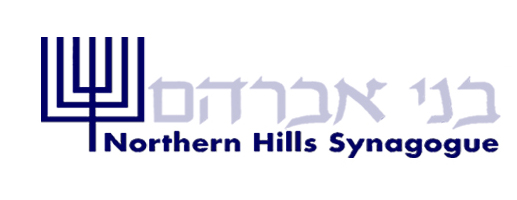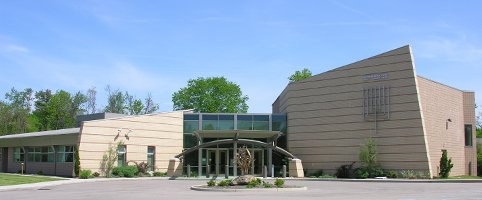|
Siddur
Prayer Melodies
www.sidduraudio.com is
a web site which includes a selection of synagogue melodies very much
like those which we use here. Here is
a list of links from www.sidduraudio.com which will help you participate
in our services. Note: the page numbers on the web site do not match
our Siddur Sim Shalom, so Rabbi Barnard added the page numbers
in our siddur below.
Shalom
aleichem version 1 (page 722 in Siddur Sim Shalom)
Yedid nefesh (page 252)
L’chu
Neranana(version 1) (page 254)
Kabbalat
Shabbat (Psalms 96-99) (pages 254-258) This is the default style of chanting,
when no special melody is used.
Mizmor
l’David (page 260) We generally use version 1 on Saturday
morning and version 2 on Friday night.
Psalm 96 (part
of “Carlebach Hassidic style Kabbalat Shabbat) (page
254)
Psalm 98 (part
of “Carlebach Hassidic style Kabbalat Shabbat) (page
256) We don’t use this melody regularly, but we have done it on
occasion.
L’cha
Dodi (pages 262-264) Versions 2 and 3 are the ones that we
most often use.
Kabbalat
Shabbat conclusion (pages 266-268) We don’t do this section
exactly as it is on the site, but we do commonly use the melody for Tzaddik
Katamar that is found there.
Maariv (pages
279-292) The running chant is the one which we use. The melody used
for Ahavat Olam is not
our most
common melody, but we use
it on occasion.
V’shamru,
Hatzi Kaddish (page 294) Essentially the same as our
most common melody. Unfortunately, here, as elsewhere, the recorded version
differs very slightly form ours. This is a problem of melodies transmitted
by oral tradition.
Vay’chulu,
Magen avot (page 314) The melody for Vay’chulu is like one which we sometimes use, but not the one which we use most
often. The melody for Barukh atta … is different from ours. The
melody for Magen Avot is the one which we use.
Eloheynu
velohey Avoteynu (page 314) We sometimes chant this prayer as it is done on
Siddur Audio,
but we often
do it
slightly differently,
and we most often use a special Friday night
melody.
Kaddish
shalem(page 316)
Kiddush over wine (page 318)
Alenu (page
320) We usually repeat the words “ush’mo ehad” at
the end.
Yigdal (page 326) We use both versions 1 and 2 regularly.
However, we sing version 1 in unison, and not responsively as indicated
on the web
site.
Shachrit (Part 1) (page 334) This is our default style
of chanting for this part of the service. However, we usually use melodies
for Hatzi Kaddish (page 338) and for El Adon (page 342) which are different
from those on the web site.
Shachrit (Part
2) (page 344) The basic style of chant is the one which we use. We
do not use the special melody indicated on
the web site for L’el Barukh (page 344). We usually sing Ahavah Rabbah (page 346)
to a string of melodies. However, we conclude that prayer in the way
which is indicated on the web site, and we do the rest of this section
as indicated on the web site.
Amidah (Part
1) – Through Kedusha (page 354) We chant this section
of the service substantially as it is done on the web site. Sometimes
we use a different melody for “V’einenu tirena” towards
the end of Kedusha.
Amidah (Part
2) – Full repetition (page 358) We use
the melodies presented on the web site, along with others.
Torah
service (page 394) – The melody used on the web site for “Ein
kamokha” is different from the one which we use. From “Adonai
melekh” on, the melodies are essentially the same as those which
we use, but they vary in several details.
Torah
blessings (Aliyah) (page 400) - We say the Torah
blessings in the way that is presented on the web site.
|
|
|
Home | About Us | Praying | Learning | Doing | Giving | Calendar | Contact Us | 
Copyright © 2021 by Northern Hills Synagogue. All rights reserved.
Please send comments or suggestions to the Webmaster |

